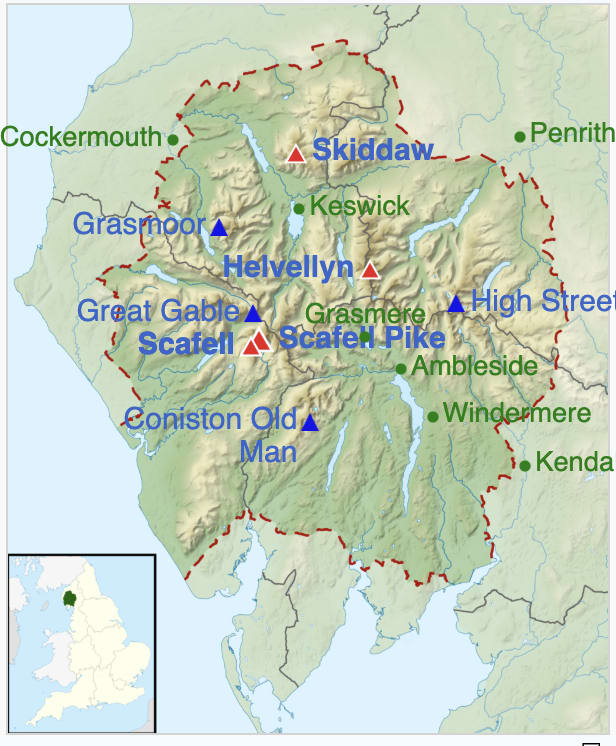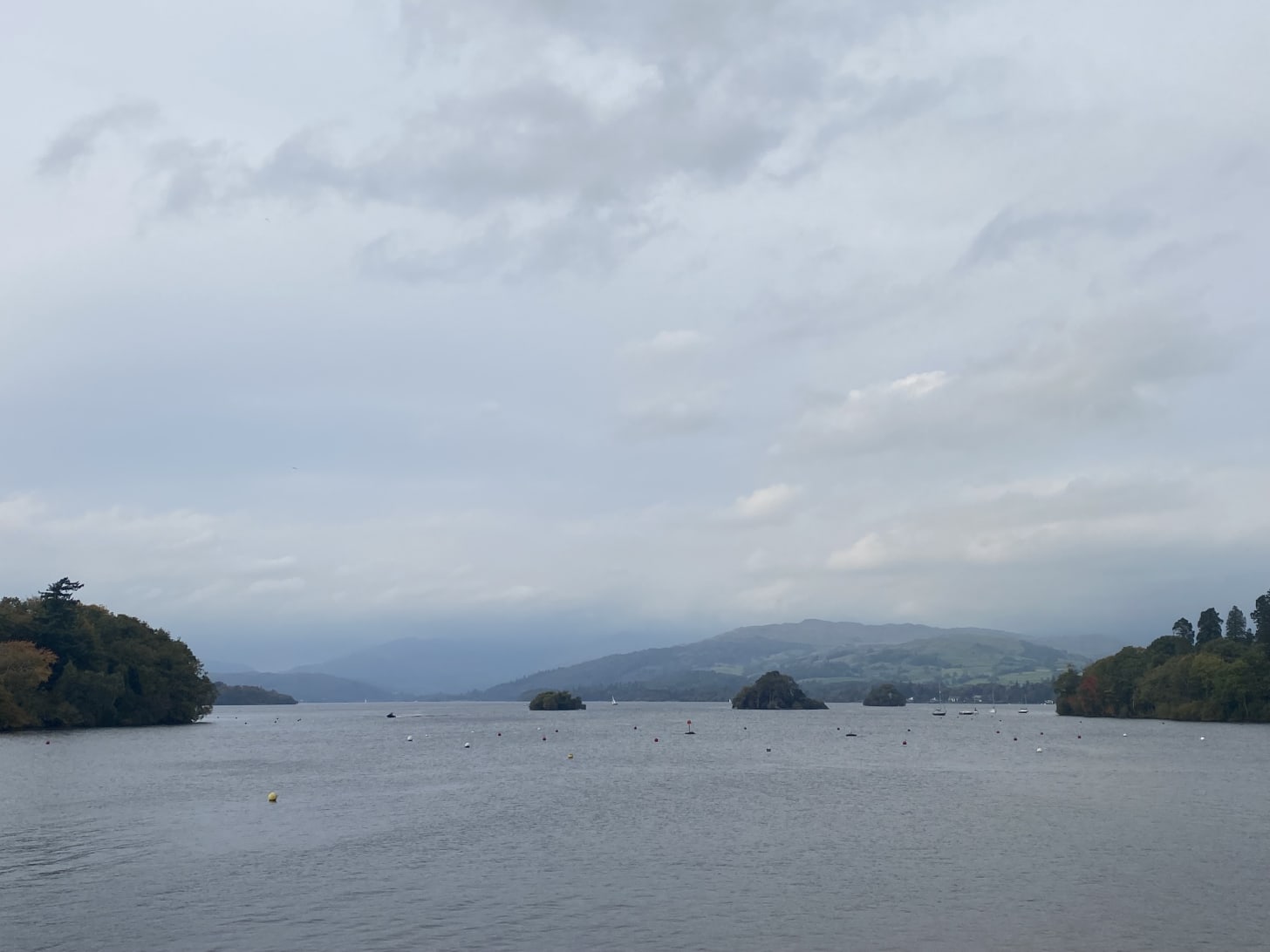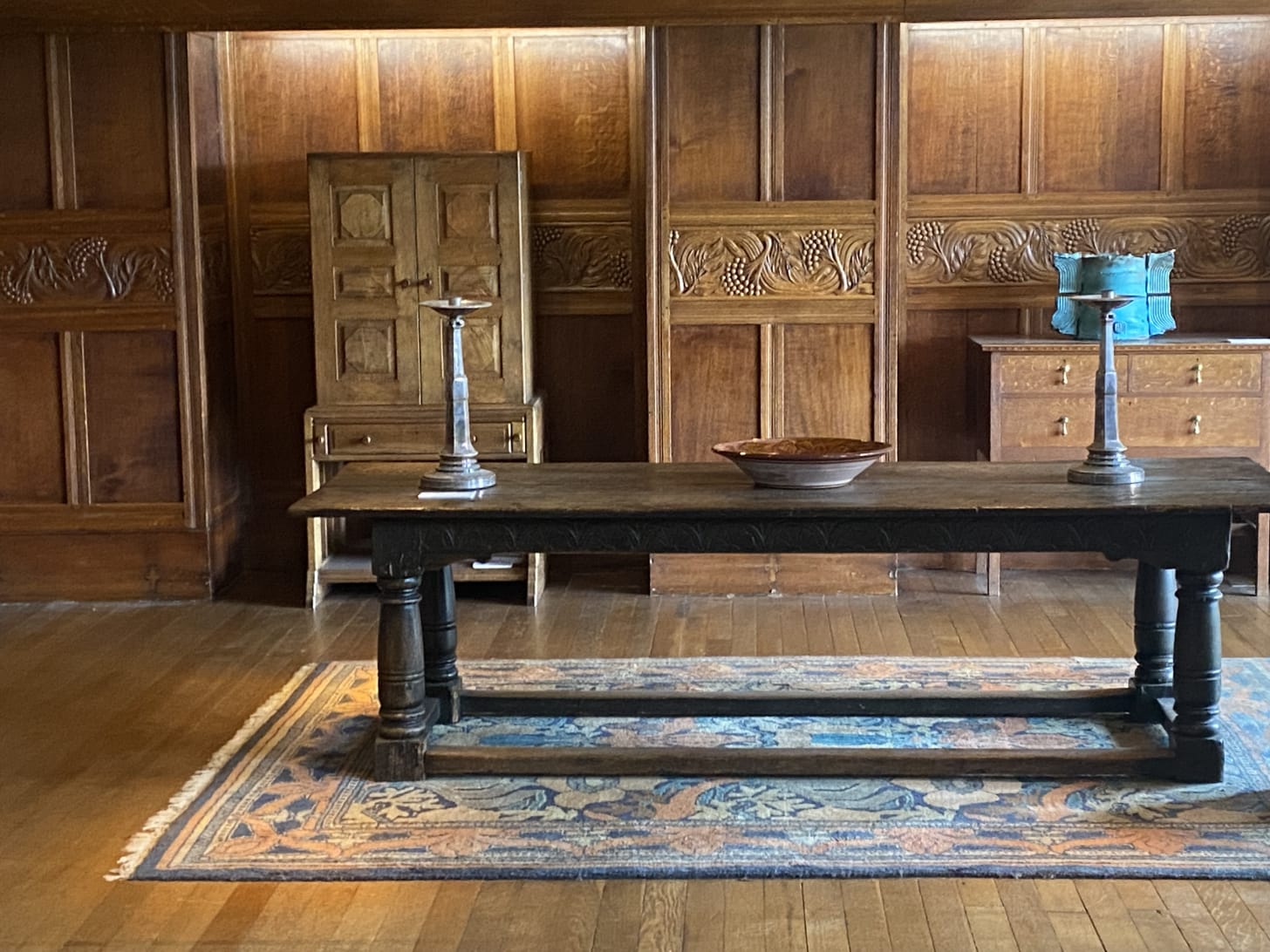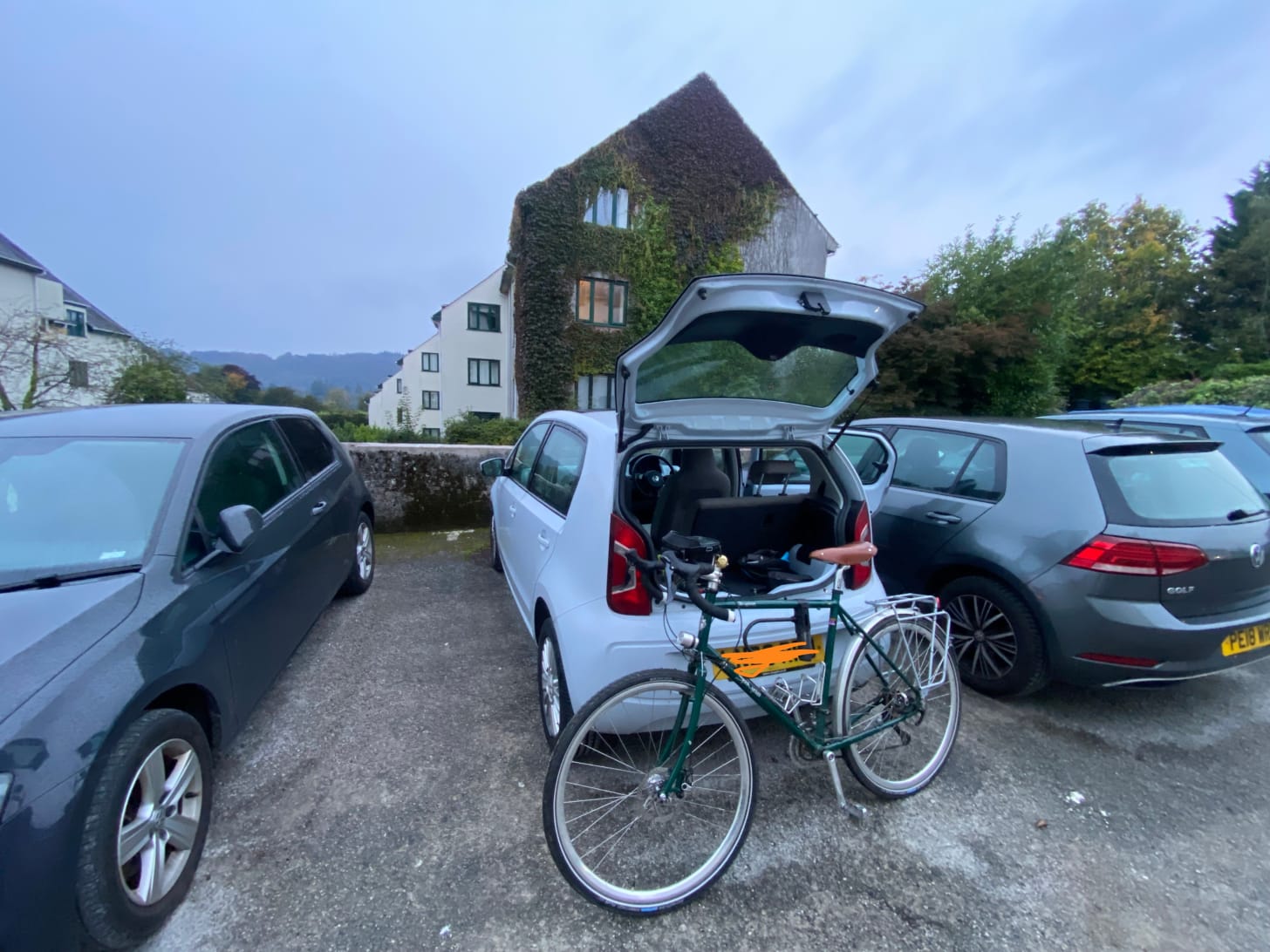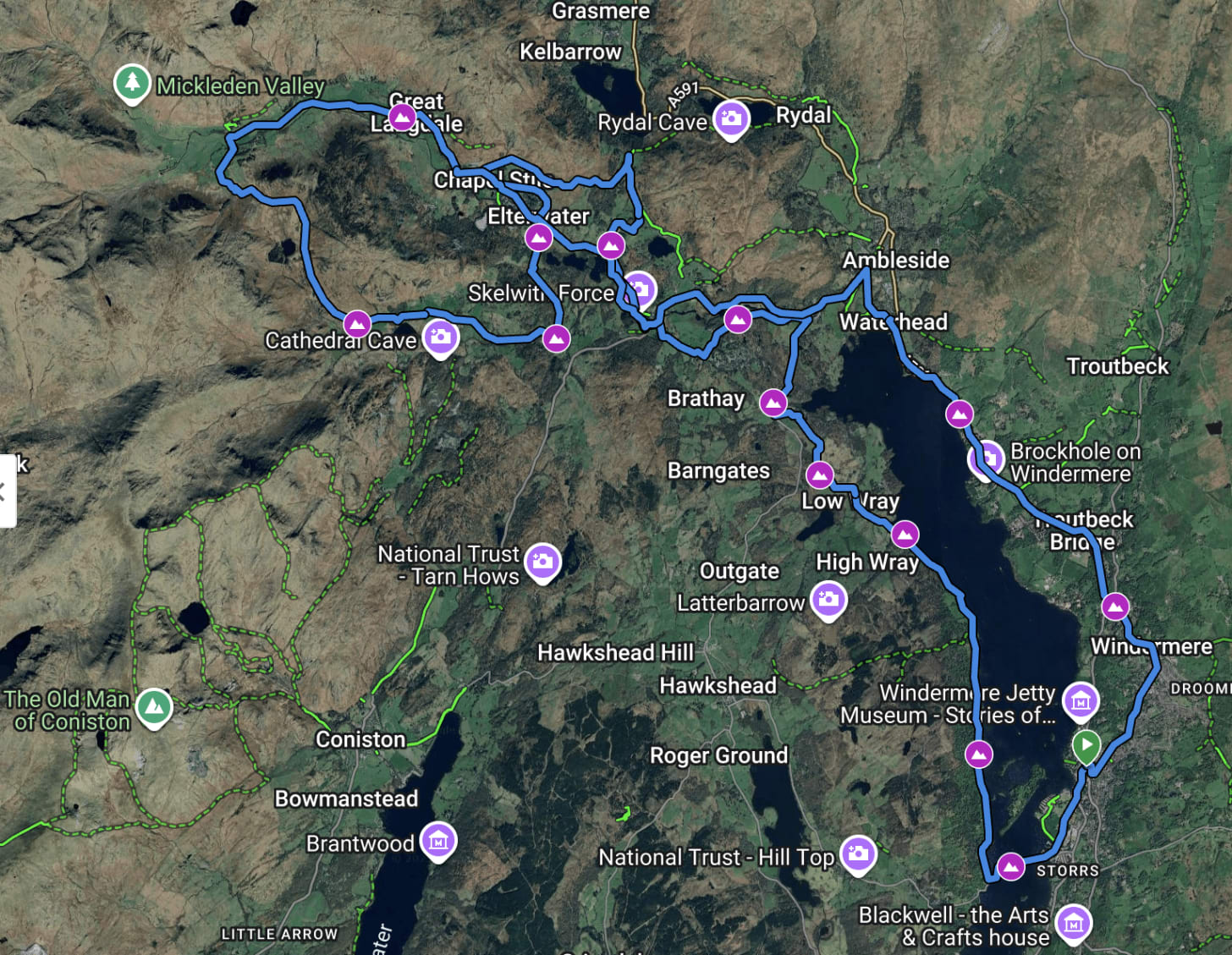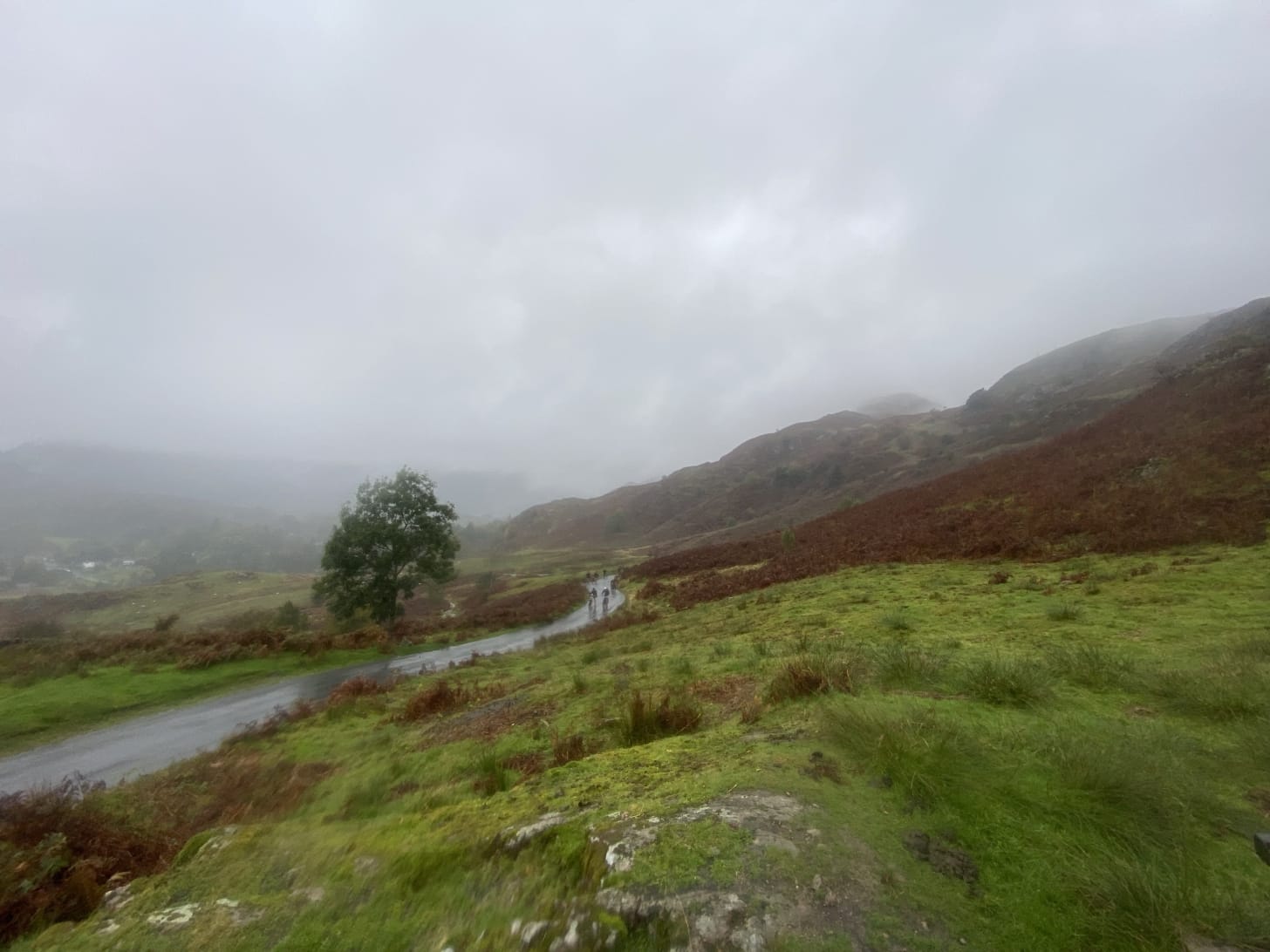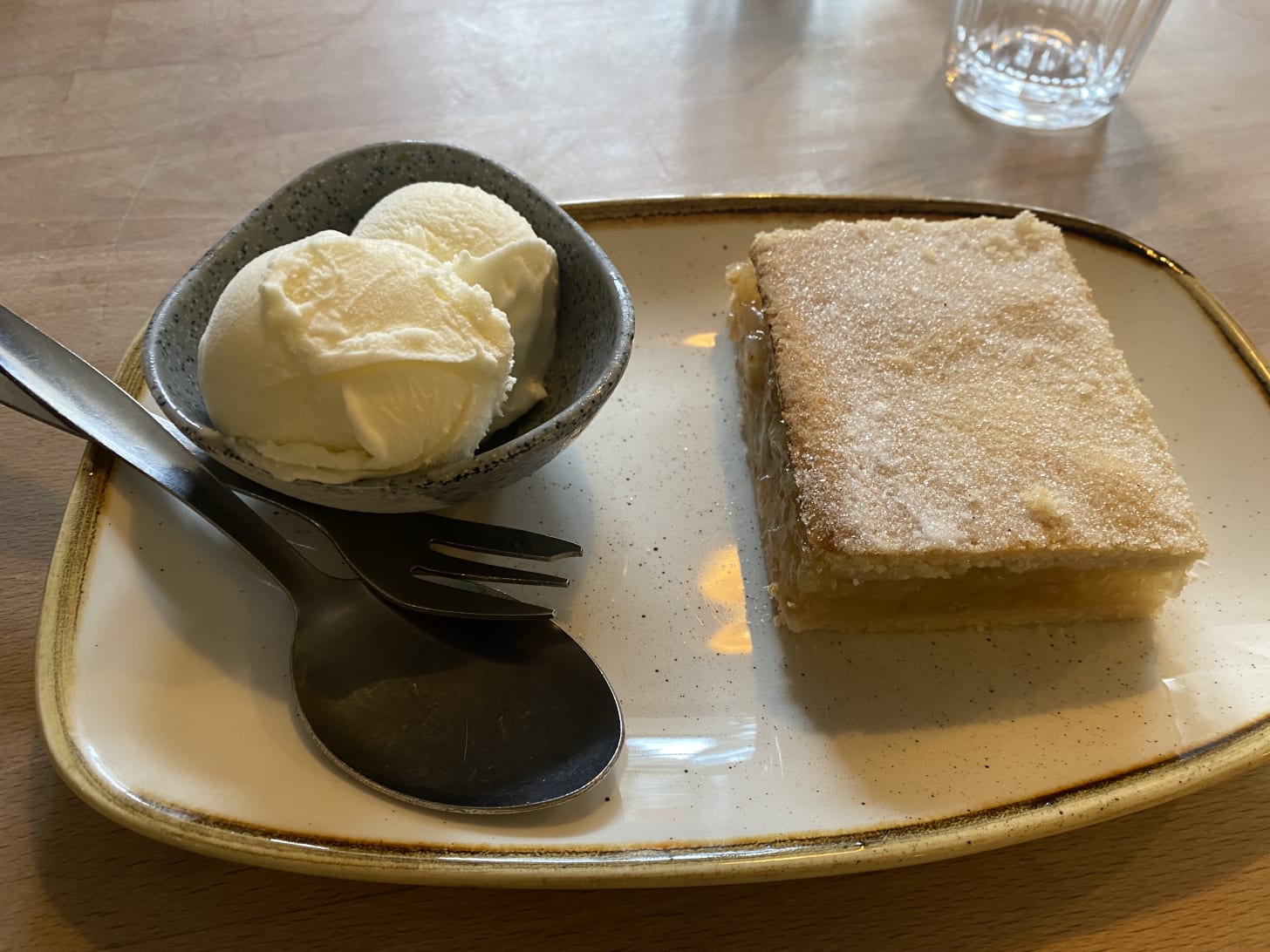I spent this weekend in the Lake District. It took around six hours from London on the M6. My girlfriend and I listened to a politics podcast, and Justin Bieber’s new SWAG album to keep us entertained. There was also a trivia podcast which she beat me with a healthy margin.
Rest stops on English highways, like the M4 and M6, are pretty nice. All have a Greggs, which is a cheap sausage roll place that has good donuts as well. My usual order is the meal deal, which includes a coffee, donut and sausage roll. There is also usually a Burger King or a McDonalds, as well as a Costa Coffee Drive-Thru. I’ve noticed Greggs getting busier, to the detriment of BK or McD. I don’t know if this is because of the cost of living causing customers to switch, or because of Greggs’ latest collaboration with the British fashion house Primark.
The Lake District consists of several lakes, the largest being Windermere. It is a national park famous for its agricultural tradition, the Romantic literature movement, and walking. There are three main towns - Ambleside, Windermere and Keswick. Farmers own about half of of the area, but a quarter is owned by the National Trust, which is Europe’s largest conservation charity.
During my trip, I struggled to find a word to explain why I found the Lake District so captivating. After three days, I found it. Rebellion.
Sheep are everywhere in the UK. But one thing you notice is that the local Herdwick sheep look different. Farmers don’t raise sheep to eat. Rather, they breed premium sheep in the fells and then auction it to farms lower down the supply chain. The tradition is hidden behind the very hills that power the region’s tourism.
In A Shepherd’s Life, James Rebanks’ writes his experience in the sheep trade. Rebanks was an Oxford graduate who came back to the Lakes to carry on his family’s shepherding tradition. The life is cold and wet, made slightly better from the company of his sheepdog. One scene recalls a local farmer (legally) shooting a tourist’s dog that threatened his flock. It’s a symbol of the district’s agriculture silently rebelling against the tourism. Unsurprisingly, second home purchases are causing real estate prices to rise unsustainably for locals.
The next thing that struck me was the Lake Poets’ rebellion against the Industrial Revolution. The eighteenth century poets Wordsworth, Coleridge and associated writers like Mary Shelley (Frankenstein) all hung out at the Lake District, writing as part of the Romantic movement that worked to glorify nature. The movement was an environmentalist response against the mass production of the industrial revolution. I saw this spirit carried on in Blackwell house, which displayed artefacts from Britain’s Arts and Crafts movement, which encouraged making handmade, beautiful furniture as a rebellion against mass produced furniture.
Most people remember Beatrix Potter for her captivating children’s book The Tales of Peter Rabbit. What is less known is that she was a talented independent scientist too, and contributed to the study of fungi from studying her garden. She lived in the Lake District and donated her acres of land to the National Trust when she died. I can’t remember the last time I felt so inspired when visiting her house, as someone trying to do independent science as well.
And finally, I will remember the trip as my own rebellion against the weather.
I wanted to bike the region. So I brought my touring bike with me and designed a route around lake Windermere, then up into Elterwater and Corniston, and into the hills. It totalled about 50km. The next day I would do another 50km on a different route. Usually, this is a pretty light distance, but conditions turned the first day into a 5 hour slog that gave me some of the most challenging touring to date.
Conditions were already rainy at the start. But, an half an hour in, Storm Amy came in with a downpour and around 40mph of wind. When cycle touring in England, you are highly exposed to the elements, and part of the skill is being able to deal with it. The problem when cycling is there is a tradeoff between waterproofing and heat. Cycle in anything more than two layers, and you get unbearably hot. Because of this, I wear a Norrona waterproof shell with a t-shirt underneath, which means I’m pretty cold when I stop for breaks.
A lot of the path was loose gravel, which was also flooded with branches and rocks. It was pretty hard to avoid slipping on the ascents. A touring bike doesn’t have suspension - that’s a mountain bike. The only hedge I have is a steel frame and fairly flat wheels.
On the flip side, I was rewarded with insane views when I got to the top. And that makes it all worth it!
On the way back, the amount of flooding on the roads meant that I had to be pretty careful with my bike and cars. Europe has much better cycling infrastructure and bike lanes, whereas in the UK you usually have to share the roads with cars at some points.
I had a pretty rough time, and I wanted to show you guys that sometimes it just doesn’t go my way. But the bright side is that when I got back, I rewarded myself with some of the best apple pie in town baby!
.png)


